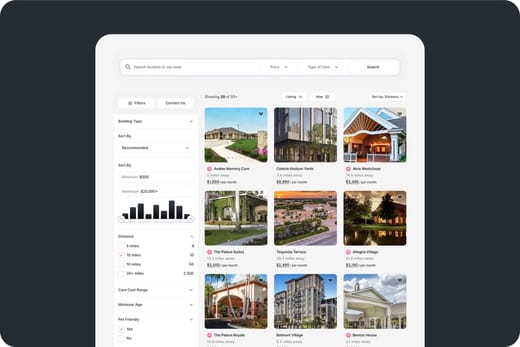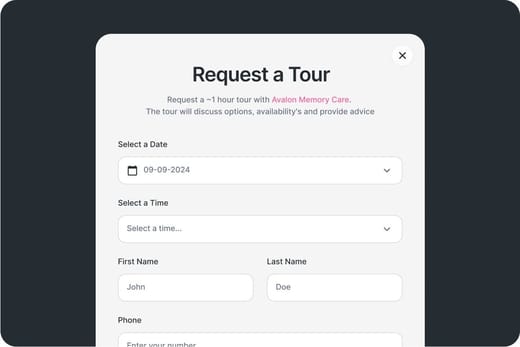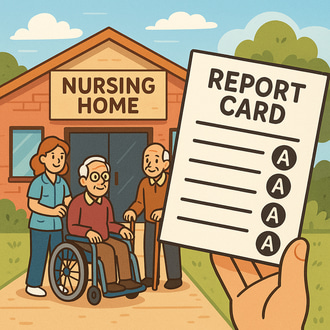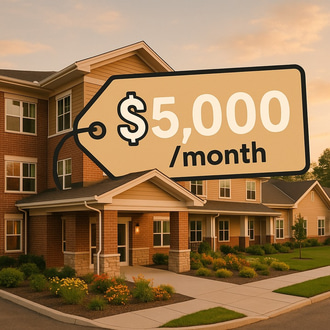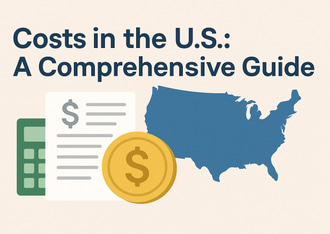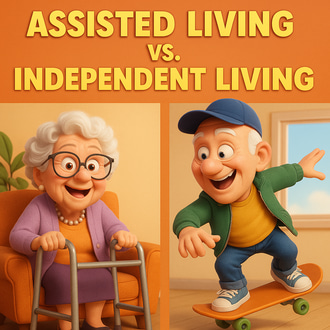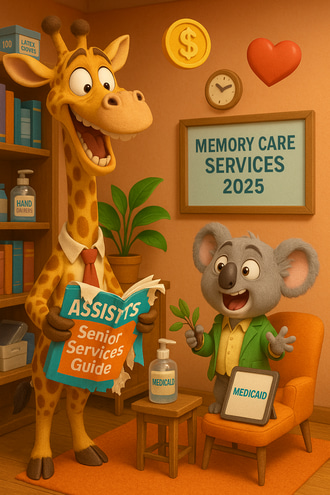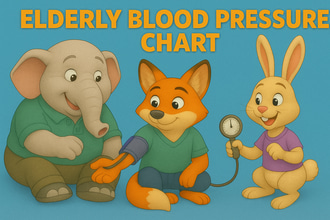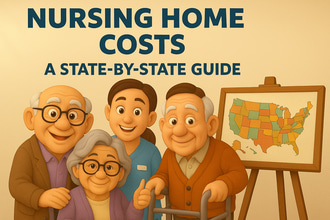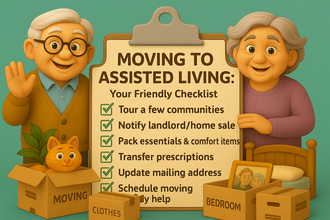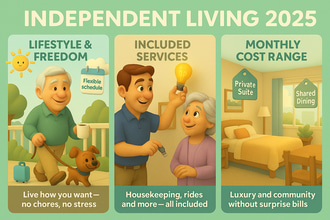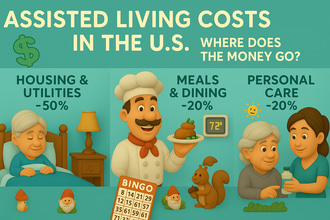Assisted living provides care for those who need help with the activities of daily living, mostly bathing, grooming, feeding, and medication management. Assisted living residences are categorized under facility-based care, which provides benefits for seniors, according to the Centers for Medicare & Medicaid Services. In the United States, assisted living communities vary in size, level of care, and amenities provided. Genworth Financial and Care Scout’s Survey in 2024 showed an average of $5,900 monthly for assisted living costs. Using Care Scout’s tool for calculating long-term costs, the national monthly median for assisted living communities is around $6,077, assuming a four percent inflation rate. States in the country also offer different rates due to several factors, including cost of living, geographical location, demand, and type of assisted living community.
To offset the burden of assisted living expenses, various funding options may help seniors, including Medicaid, Medicaid Waivers, Veterans benefits, and long-term care insurance. Additionally, the Medicare Current Beneficiary Survey (MCBS), sponsored by CMS, provides related data on Medicare beneficiaries’ healthcare expenses to help seniors and families with long-term care.
Monthly median assisted living costs by state
| Location | 2024Genworth Cost of Care Survey | 2025Estimated Cost (4% increase) |
| National | $5,900 | $6,077 |
| Alabama | $4,753 | $4,710 |
| Alaska | $10,198 | $10,504 |
| Arizona | $6,371 | $6,562 |
| Arkansas | $4,724 | $4,866 |
| California | $7,350 | $7,571 |
| Colorado | $5,877 | $6,053 |
| Connecticut | $8,955 | $9,224 |
| Delaware | $8,588 | $8,815 |
| D. Columbia | $8,670 | $8,930 |
| Florida | $5,324 | $5,484 |
| Georgia | $4,940 | $5,088 |
| Hawaii | $11,311 | $11,650 |
| Idaho | $4,600 | $4,738 |
| Illinois | $5,836 | $6,011 |
| Indiana | $5,365 | $5,526 |
| Iowa | $5,184 | $5,340 |
| Kansas | $5,950 | $6,129 |
| Kentucky | $4,900 | $5,047 |
| Louisiana | $5,100 | $5,253 |
| Maine | $7,988 | $8,288 |
| Maryland | $7,083 | $7,295 |
| Massachusetts | $9,058 | $9,330 |
| Michigan | $6,040 | $6,221 |
| Minnesota | $5,825 | $6,000 |
| Mississippi | $4,445 | $4,578 |
| Missouri | $5,150 | $5,305 |
| Montana | $6,134 | $6,318 |
| Nebraska | $5,118 | $5,272 |
| Nevada | $6,110 | $6,293 |
| New Hampshire | $7,431 | $7,654 |
| New Jersey | $8,548 | $8,804 |
| New Mexico | $6,613 | $6,348 |
| New York | $6,300 | $6,489 |
| North Carolina | $6,354 | $6,545 |
| North Dakota | $5,335 | $5,495 |
| Ohio | $5,500 | $5,665 |
| Oklahoma | $4,823 | $4,968 |
| Oregon | $7,313 | $7,532 |
| Pennsylvania | $6,101 | $6,284 |
| Rhode Island | $7,038 | $7,249 |
| South Carolina | $5,200 | $5,356 |
| South Dakota | $4,350 | $4,481 |
| Tennessee | $5,358 | $5,519 |
| Texas | $5,250 | $5,408 |
| Utah | $4,685 | $4,826 |
| Vermont | $7,873 | $8,109 |
| Virginia | $6,513 | $6,708 |
| Washington | $6,976 | $7,184 |
| West Virginia | $5,600 | $5,768 |
| Wisconsin | $6,150 | $6,335 |
| Wyoming | $4,700 | $4,841 |
| Top 10 Most Expensive Assisted Living Costs | Top 10 Least Expensive Assisted Living Costs | |||
| Hawaii | ~$11,650 | South Dakota | ~$4,481 | |
| Alaska | ~$10,504 | Mississippi | ~$4,578 | |
| Massachusetts | ~$9,330 | Idaho | ~$4,738 | |
| Connecticut | ~$9,224 | Alabama | ~$4,710 | |
| District of Columbia | ~$8,930 | Wyoming | ~$4,841 | |
| Delaware | ~$8,815 | Utah | ~$4,826 | |
| New Jersey | ~$8,804 | Arkansas | ~$4,866 | |
| Maine | ~$8,288 | Oklahoma | ~$4,968 | |
| Vermont | ~$8,109 | Kentucky | ~$5,047 | |
| California | ~$7,571 | Louisiana | ~$5,253 | |
Among these states, Hawaii has the most expensive assisted living community costs, while South Dakota has the cheapest. Notably, Hawaii is 91.65 percent higher than the estimated national average of $6,077, while Louisiana, the tenth least expensive state, is 13.54% lower.
Staffing as a Cost Driver
According to the 2024 report of CMS, one of the major cost drivers of long-term facilities is staffing. The Federal Register requires a minimum nurse aides and registered nurse hours per resident per day, to improve the quality of care in facilities. As a result, the operational costs of long-term care facilities increase, with an estimated $4.3 billion annually, according to CMS. Moreover, the average caregiver-to-resident ratio in nursing homes was 1:10 in 2022, considerably higher than that of assisted living facilities, which have lower operational costs but affect care quality. With the mandated higher staff-to-resident ratios, operational costs are bound to increase and affect resident fees.
Additional Fees
- Community Fees
- One-time fees range from $1,000 to $5,000, which is used as a reservation fee or to cover administrative costs.
- Care Level Fees
- Memory care and extra ADL in assisted living communities may add up to $500 to $3,000 monthly.
- Second-Person Fee
- For couples or those with roommates, some communities offer a second-person fee of $800 to $1200, which lowers the total cost.
- Pet Fees
- Pet-friendly communities have different policies and may charge additional fees of $25 to $100 monthly.
- Amenities
- Transportation services, parking, dining, and therapy may add $100 to $500 monthly.
Paying for an Assisted Living Community
Medicaid
Medicaid does not cover assisted living costs, however, states have different regulations to help ease financial burdens through Medicaid waivers. Medicaid waiver programs, called Home and Community-Based Services (HCBS) Medicaid waivers or 1915(c) Medicaid waivers, aim to prevent the transition to nursing homes by covering long-term services for older adults.
Medicaid waiver does not cover room and boarding costs, however, it may include assistance with services, like eating, grooming, bathing, dressing, toileting, medication management, transportation, housekeeping services, and recreational activities, depending on state regulations.
State Variations
Each state has different regulations for Medicaid and Medicaid waivers, which influence assisted living costs and funding, as exemplified:
- Alaska
- Alaska offers the Alaskans Living Independently (ALI) Waiver Program, which allows beneficiaries of at least 65 years old with a monthly income of less than $2,742 to receive cost benefits associated with assisted living. The ALI Waiver covers the costs of case management, non-medical transportation, and other assisted living services.
- California
- California’s assisted living waiver is provided through its Medi-CAL program, which is available to 15 counties. Beneficiaries must have a monthly income that doesn’t exceed $1,677 and may have to move to an eligible county. The program provided a monthly average service cost of $3,000 in 2023.
- Louisiana
- Medicaid beneficiaries in Louisiana must be 65 years old and have a monthly income of at most $2,742. Those needing assistance with activities of daily living receive help through Louisiana’s Long Term – Personal Care Services Program.
- New York
- Unlike most Medicaid Waivers, New York’s Assisted Living Program (ALP) helps cover the cost of assisted living rooms for low-income older adults by supplementing their income. In 2023, Medicaid-covered services, without room and board, were $2,500 per month.
- Oklahoma
- Oklahoma’s ADvantage Waiver program helps cover the costs for personal care services for those 65 and above with a monthly income of less than $2,742.
- Texas
- Texas’ Medicaid waiver program, STAR+PLUS HCBS waiver, helps cover the costs of medical and non-medical care for beneficiaries with a monthly income lower than $2,742. The average service cost of this program was $2,800 per month in 2023.
Veterans’ Benefits
The Department of Veterans Affairs (VA) provides a maximum monthly benefit of $2,050 for single veterans in 2025, which may help partially cover the costs of assisted living. According to CMS data, only 5% of assisted living residents depend on VA benefits and utilize funding from other sources, including private insurance.
Long-Term Care Insurance
Long-term care insurance can cover assisted living services, but requires early enrollment to avoid high premiums. However, only 7% of Medicare beneficiaries have private long-term care insurance, based on CMS data.
Personal Savings
As reported by the MCBS, the median savings for Medicare beneficiaries are $100,000, insufficient for several years of assisted living without other funding options.
Cost Comparison
- Independent Living
- Usually cheaper than assisted living, with an average of $3,145 monthly. However, independent living communities do not provide assistance with ADLs and medical care.
- Nursing Homes
- Semi-private and private rooms range from $9,197 to $10,326 monthly, which is 62 to 82% higher than assisted living, but offers medical care for complex conditions.
- 24/7 In-Home Care
- Allows older adults to age in place but costs significantly higher, with costs ranging $21,823 to $24,006 monthly, as per Genworth.
- Memory Care
- Specialized memory care communities are 32 to 76% more expensive than assisted living at $7,500 to $10,000 monthly.
Planning Tips
- Get Quotes
- As costs differ by state, it is recommended to reach out to several local providers for precise quotations.
- Assess Needs
- NCAL suggests assessing needs carefully to ensure the right option. Assisted living suits those with minimal needs for assistance with ADLs; memory care is best for those with cognitive conditions, while nursing homes are for those with complex medical needs.
- Explore Funding
- Know the coverage of Medicaid waivers in your state and apply early; VA benefits and insurance can also help with assisted living expenses.
- Consider Shared Rooms
- Shared rooms cost less than private apartments by 10 to 20%, as noted by A Place for Mom.
- Plan for Increases
- Due to the inflation rate and other factors, costs are assumed to increase 3 to 5% annually, reaching $7,200 per month by 2035, according to Genworth Financial.
Conclusion
With Genworth Financial and Care Scout’s data on estimated assisted living costs, accompanied by CMS resources, including MCBS and HCRIS, and Medicaid agencies, older adults and families can plan accordingly and explore financial assistance options to alleviate the financial challenges of assisted living services. CMS data provides insights on staffing regulations, cost drivers, and related expenses, which helps break down assisted living costs and their influence on older adults’ long-term care planning. As the demand for assisted care continuously grows, CMS initiatives on improving transparency and care quality shape the industry’s cost landscape. Assisted living provides assistance with ADLs and strives to maintain independence to some extent. Compared to nursing homes, 24/7 in-home care, and memory care, assisted living costs less but only provides limited medical care. For personalized quotes, reach out to local providers and utilize trusted sources like Genworth Financial and Medicaid.gov.

